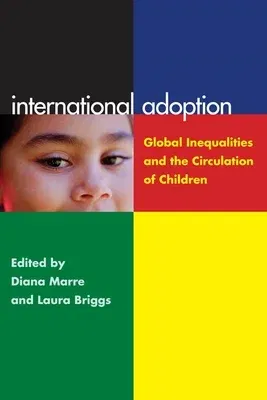In the past two decades, transnational adoption has exploded in scope
and significance, growing up along increasingly globalized economic
relations and the development and improvement of reproductive
technologies. A complex and understudied system, transnational adoption
opens a window onto the relations between nations, the inequalities of
the rich and the poor, and the history of race and racialization,
Transnational adoption has been marked by the geographies of unequal
power, as children move from poorer countries and families to wealthier
ones, yet little work has been done to synthesize its complex and
sometimes contradictory effects.
Rather than focusing only on the United States, as much previous work on
the topic does, International Adoption considers the perspectives of
a number of sending countries as well as other receiving countries,
particularly in Europe. The book also reminds us that the U.S. also
sends children into international adoptions--particularly children of
color. The book thus complicates the standard scholarly treatment of the
subject, which tends to focus on the tensions between those who argue
that transnational adoption is an outgrowth of American wealth, power,
and military might (as well as a rejection of adoption from domestic
foster care) and those who maintain that it is about a desire to help
children in need.

